Palosapis Tree
- November 8, 2024
- 0 comment
The Palosapis Tree (Anisoptera thurifera) is a vital component of tropical ecosystems, revered for its ecological and economic contributions.

This towering tree plays a crucial role in maintaining biodiversity, supporting local wildlife, and stabilizing soils in its native regions. Its inclusion in reforestation projects highlights its importance in sustainable forest management.
What Is a Palosapis Tree?
The Palosapis Tree, known scientifically as Anisoptera thurifera, belongs to the Dipterocarpaceae family, a group widely recognized for its role in tropical rainforests. Characterized by its robust growth, the Palosapis can reach impressive heights of up to 60 meters. Its bark is generally rough and dark, while its leaves are broad, simple, and arranged in a spiral pattern.
| Characteristics | Description |
|---|---|
| Species | Palosapis Tree (Anisoptera thurifera) |
| Common Names | Palosapis |
| Lifespan | Can live for several decades |
| Location | Found in Southeast Asia, especially in the Philippines, Malaysia, and Indonesia |
| Height | Can grow up to 60 meters |
| Leaves | Broad, simple, and dark green |
| Flowers | Small, white or yellowish, and fragrant |
| Ecological Role | Enhances soil quality, prevents erosion, and supports biodiversity |
| Cultural Importance | Used in reforestation and valued for its durable timber |
| Adaptability | Thrives in tropical, humid climates with well-drained soil |
| Wildlife Support | Provides food and shelter for birds, insects, and small mammals |
| Economic Use | Valued for strong timber used in construction and furniture |
| Pollination | Attracts bees and other pollinators, aiding ecosystem health |
| Symbolic Meaning | Represents sustainability and forest resilience |
Notably, the tree’s flowers are small, white or yellowish, and exude a mild fragrance, attracting pollinators such as bees and certain bird species. The Palosapis is known for its hardwood, which is used in furniture-making and construction due to its durability.
Different Types of Palosapis Tree Species
While Anisoptera thurifera is the primary species commonly referred to as the Palosapis, other closely related species in the Anisoptera genus include:
Anisoptera Costata
Known for its slightly smaller stature and found in similar tropical forests.
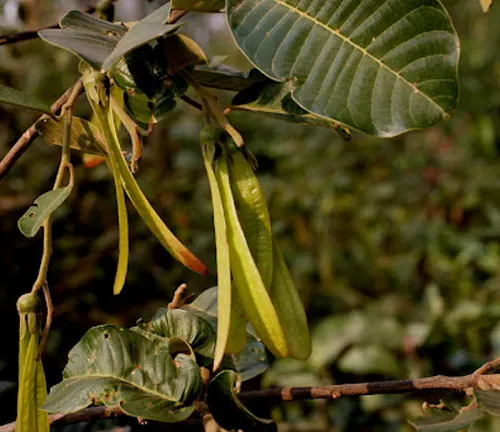
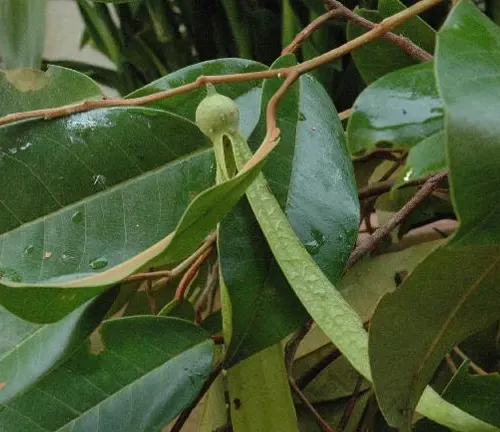
Anisoptera Laevis
Distinguished by its smoother bark and thinner leaves.
These species share similarities in their ecological roles but vary in minor aspects such as growth patterns and specific habitat preferences. All contribute to the biodiversity of tropical forests, providing habitat and sustenance for myriad animal species.
Where Do Palosapis Trees Grow?
Palosapis trees are predominantly found in tropical rainforests across Southeast Asia, including countries like the Philippines, Malaysia, and Indonesia. They thrive in humid, warm climates with consistent rainfall and are adapted to lowland and mountainous regions up to moderate altitudes.
The trees are well-suited to nutrient-rich soils and are frequently found near riverbanks, where they contribute to soil stabilization and water cycle regulation. Their role in maintaining the forest canopy helps regulate temperature and humidity, influencing the microclimate of their environment.
How to Grow and Care for Palosapis Tree
For those interested in growing the Palosapis tree in home gardens or plantations, attention to specific care guidelines is essential:

- Soil: Prefers deep, well-draining soils that are rich in organic matter.
- Sunlight: Thrives in full sunlight but can tolerate partial shade.
- Water: Requires a consistent water supply, especially in its early growth stages.
- Propagation: Best grown from seeds that are soaked in water for 24 hours before planting. Seedlings should be protected from pests and strong winds.
- Maintenance: Prune dead or weak branches to promote healthy growth, and watch for signs of fungal diseases, which can affect the tree in overly wet conditions.
Ecological Benefits of Palosapis Tree
The Palosapis tree plays a significant ecological role by:
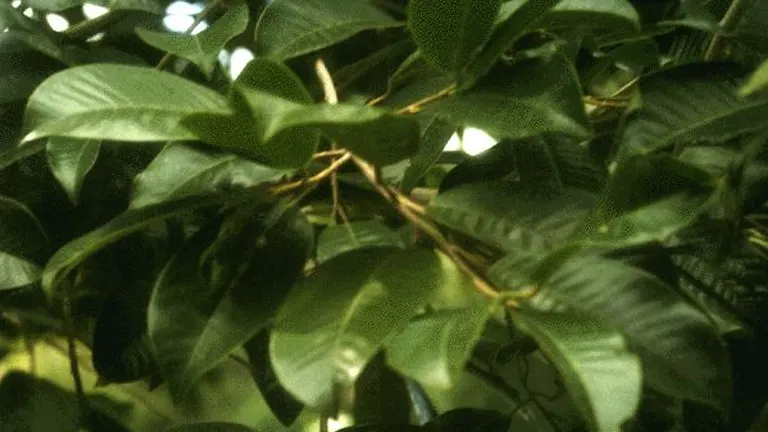
- Preventing soil erosion: Its root network binds the soil, preventing landslides and erosion, particularly in hilly areas.
- Supporting wildlife: The tree provides food and shelter to various birds, insects, and small mammals, contributing to a balanced ecosystem.
- Enhancing soil quality: Decomposing leaves and organic matter from the tree enrich the soil with essential nutrients, promoting plant diversity.
Palosapis Tree Flowering and Pollination
The flowering season for Palosapis typically occurs during the warmer months. Its small, fragrant flowers are crucial in the pollination process, attracting bees and other pollinators. The scent helps draw these beneficial insects, which aid in the reproduction of the tree and support nearby plant life by facilitating cross-pollination.
Is Palosapis Tree Drought-Tolerant?
The Palosapis tree is moderately tolerant to drought conditions due to its adaptive root system, which allows it to access deep water sources. However, prolonged dry spells can impede growth and affect its health. To cultivate this tree in arid regions, supplemental watering is recommended during dry periods to maintain vitality.
Palosapis Tree and Wildlife Interactions
Palosapis trees foster important interactions with local wildlife. Birds nest in their branches, while insects and small animals find refuge and sustenance from their leaves and bark. The tree’s nectar and pollen feed pollinators, contributing to the health of other plant species in the forest. Symbiotic relationships with certain fungi and insects also play a role in nutrient recycling within the forest ecosystem.
Final Thoughts
The Palosapis Tree (Anisoptera thurifera) is invaluable for its ecological benefits, including supporting biodiversity, preventing erosion, and enhancing soil quality. Its role in forest ecosystems underscores the need for its conservation, highlighting why sustainable practices and awareness are essential for preserving this significant tree. Whether appreciated for its ecological impact or its sturdy timber, the Palosapis remains an essential part of tropical forest health and resilience.
Frequently Asked Questions (FAQs)
- What is a Palosapis Tree?
The Palosapis Tree is a tropical hardwood tree found in Southeast Asia, known for its tall stature and ecological importance in rainforests. - Where do Palosapis Trees naturally grow?
They thrive in tropical regions, particularly in the Philippines, Malaysia, and Indonesia, favoring humid climates with rich, well-draining soil. - What are the main characteristics of the Palosapis Tree?
It has rough, dark bark, broad leaves, and small, fragrant white or yellowish flowers. The tree can grow up to 60 meters tall. - How do Palosapis Trees contribute to their ecosystem?
They prevent soil erosion, enrich soil quality, and support local wildlife by providing habitat and food sources. - Is the Palosapis Tree drought-tolerant?
The Palosapis is moderately drought-tolerant due to its deep roots but prefers consistent moisture for optimal growth. - What are the uses of Palosapis Tree timber?
Its durable wood is widely used in furniture-making and construction. - How can I grow a Palosapis Tree at home?
Plant seeds in rich, well-draining soil, ensure ample sunlight, and provide consistent water. Protection from pests and proper pruning are important. - What wildlife interacts with the Palosapis Tree?
Birds, insects, and small mammals use the tree for shelter and food. Bees and other pollinators are attracted to its flowers.
We hope this guide has highlighted the importance of the Palosapis Tree. Have experiences or ideas about its conservation? Share below and inspire others. Don’t forget to share this guide to promote forest preservation and a sustainable future.






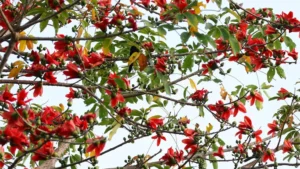

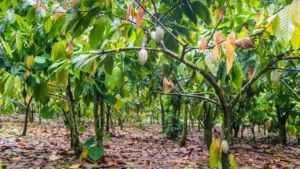


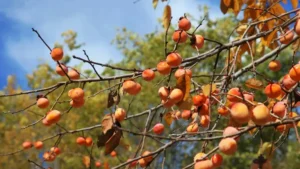


Leave your comment